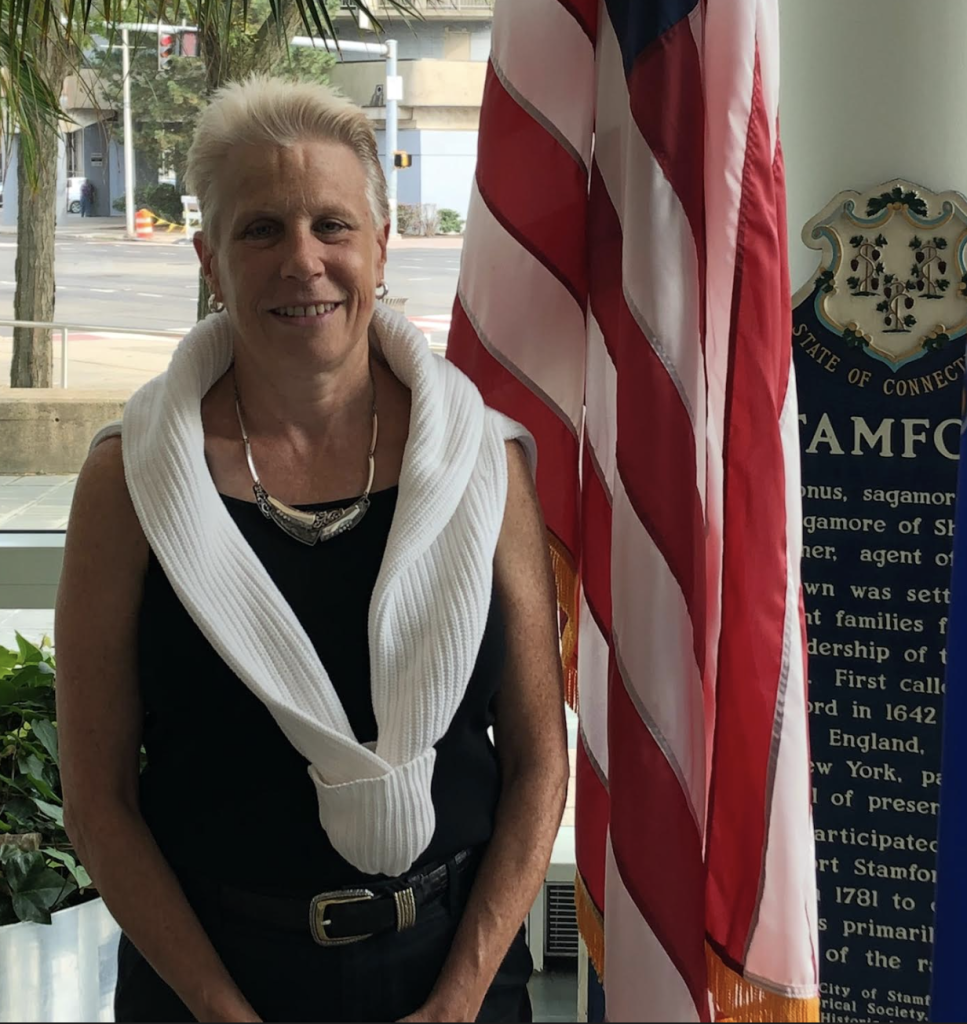
Please Follow us on Gab, Minds, Telegram, Rumble, Gettr, Truth Social, Twitter
How does one improve proficiency in the Stamford Public Schools (SPS)? Rather than give the public the impression that our 23 schools are improving by ratcheting expectations down (attendance, graduation, grade inflation, etc.), isn’t it best to double efforts and get students where they need to be?
Real transformation can happen. These three areas may be helpful to consider when determining the next steps…Connecticut’s assessment history, national research, and stakeholder input.
Over 25 years (1985-2010), the Connecticut Mastery (CMT) and Academic Performance (CAPT) test sharply altered the course of public education across the state. In fact, this Grade 3-10 statewide mastery program became a national model. Not only did it shed light on academic issues affecting minority populations and low-income students, but it also shaped curriculums and grabbed the attention of politicians, parents and real estate agents. This $18 million-a-year testing program measured basic skills, provided results and encouraged success.
Developed on the heels of Reagan’s 1983 landmark report “A Nation at Risk”, this accountability tool also became very public. Case in point, these tests exposed what people already knew—there were strong disparities between what students learned in cities versus suburbs. Knowing this testing program demonstrated proficiency extremely well, perhaps we need to reconsider using this option—with revisions added.
National research proves that when academic standards are more rigorous in all content areas, learning improves—ask Mississippi. Although some states prefer to lower their cut scores so their proficiency scores are higher, Stamford could change the narrative. Take a more rigorous approach and use the National Assessment of Educational Progress (NAEP)—the Nation’s Report Card.
For starters, bring back mid-terms and finals like other surrounding districts. In conjunction, toughen the district grading system to provide public accountability. Using national strategies, possibly create pilot proficiency tests with other urban districts to improve success. Ultimately, all students can learn to be smart. We just need to raise our expectations and get consistent results.
Policy guides administrators, staff, students and parents in making the district’s vision achievable. Stakeholder input is part of creating this vision (Policy 2001-Participatory Management and Policy 1110.1-Parent Involvement & Appendix #5). Unfortunately, the SPS BOE continues to allow central office leaders to dictate, without input or collaboration, initiatives that they want to implement:
During the 2024 BOE/SEA (Stamford Education Association) contract negotiations, a new 90-day flexible block schedule and class load increase (1 teacher per 150 students/semester) were imposed on teachers. Sadly, they could only bargain its impact. Also quite alarming, the SPS BOE does not vote on schedules (superintendent’s discretion) and this is the fourth new schedule instituted over a five-year period. So why does learning now need to be rushed in 90 days, rather than 180 days? Why are there ongoing schedule changes, but no follow-through with data analysis or fidelity—departments are not meeting several times weekly to address student and curricular needs—the real reason behind blocking?
If central office leaders can’t implement this program with efficacy, then the actual reason behind the flexible schedule is not educational at all. Perhaps it is to save money (the 2025-2026 budget is cutting 25 educators & 7 clerical staff)? Or perhaps it is to provide data for a book co-written by Dr. Lori Rhodes promoting equitable scheduling? Most egregious, why are students, parents and teachers human guinea pigs in this political battle?
Regrettably, central office leaders and the BOE have not allowed any stakeholder input. This top-down leadership approach—replayed again and again—has not improved SAT scores. So, what is the motivation to keep forcing initiatives and lowering morale across the district?
SBPCS was given initial approval in Hartford, but there are still some missing details. Rather than serving Tier 2 & 3 students as designed, this program will operate with a majority of Tier 1 students (1 teacher per 15 students). Why were 2-3 SPS employees allowed to spend lots of company time—using Stamford taxpayer money—to create a ‘brain drain’ of 4-8% of 5000 students and possibly lose 28 teachers to this boutique program? Why would Tier 1 students, who do well academically, be allowed to take a modified program to graduate? Also, will this charter mirror Stamford’s actual student make-up—50.2% Spanish, 26.4% White, 13.4% Black, 6.3% Asian, etc.? Stakeholders need to know these answers.
Parents, community leaders, and taxpayers in Stamford want excellence, not lower expectations. They deserve to know the real facts behind these initiatives. They need to know if our students are proficient or not. It’s time to raise the bar and this can only happen when all stakeholders work together. Stamford Public Schools can be a national success story. Hopefully, this BOE is listening.
Dr. Rebecca Hamman currently serves as a member of the Stamford Board of Education. Her comments are her own, and do not represent the official views of the Board of Education or its committees.
